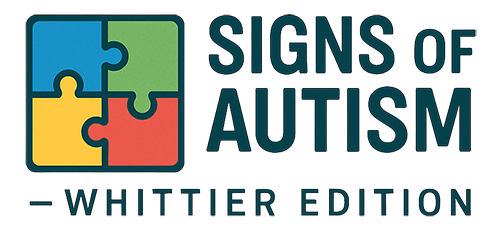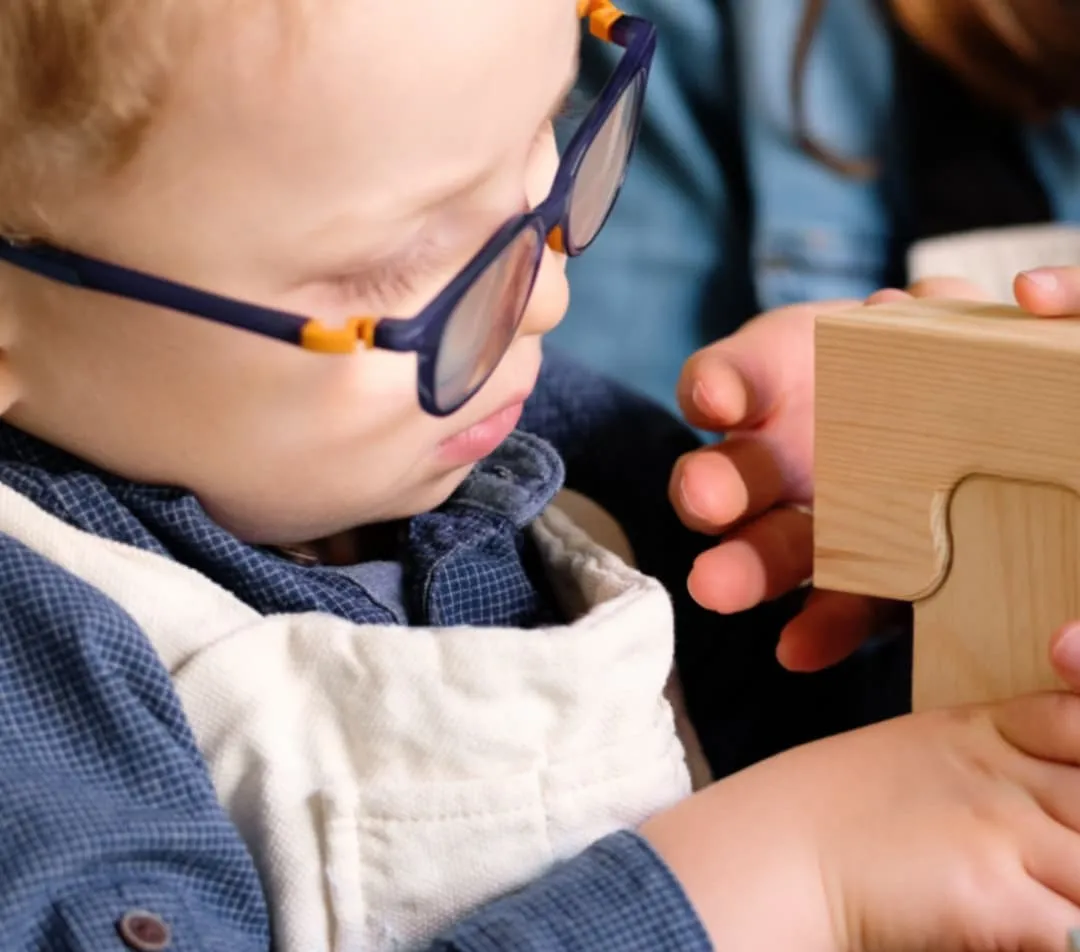Recognizing Early Signs of Autism Spectrum Disorder in Young Children
Archives
Recognizing Early Signs of Autism Spectrum Disorder in Young Children
SIGN UP FOR OUR NEWSLETTER
Recognizing Early Signs of Autism Spectrum Disorder in Young Children |
Understanding developmental differences to promote timely intervention |
Identifying the early signs of autism spectrum disorder (ASD) in young children is crucial for initiating timely interventions that can significantly enhance developmental outcomes.
While many children with ASD achieve physical milestones like sitting, crawling, and walking on schedule, they may exhibit subtle differences in social interaction and communication that often go unnoticed.
These nuances can include delays in spoken language and unique ways of engaging with peers.
One of the most significant developmental indicators is a delay in or lack of joint attention.
This involves the ability to share focus on an object or event with another person, serving as a foundation for future social and communication skills.
For instance, by 12 months, most children will look in the direction their parent is pointing and then back at the parent, often sharing a smile.
In contrast, children with ASD might not follow the pointing gesture, leading parents to question their child's hearing.
By 15 months, typical children point to objects they desire, whereas a child with ASD may guide a parent's hand to the object without making eye contact.
By 18 months, most children point at objects to share interest, looking back and forth between the object and the parent to ensure shared attention.
Children with ASD, however, might point solely to request an object, not to share interest.
Language development differences are also prevalent.
Children with ASD may use words to label objects but not to make requests.
They might repeat phrases or dialogue from movies, a behavior known as echolalia.
Some may initially meet language milestones but use language in atypical ways, such as speaking in a tone more characteristic of an adult than a child.
Approximately 25% of children later diagnosed with ASD experience a regression between 15 and 24 months, losing previously acquired language or social skills and becoming more withdrawn.
Recognizing these signs is vital.
The American Academy of Pediatrics recommends screening all children for ASD at their 18- and 24-month well-child visits, in addition to regular developmental surveillance.
Early intervention has been shown to improve outcomes for many children on the autism spectrum.
If you have concerns about your child's development, consult your pediatrician promptly.
Early action can make a significant difference in your child's growth and development.
For more information on autism screening and diagnosis, consult your healthcare provider.
|

